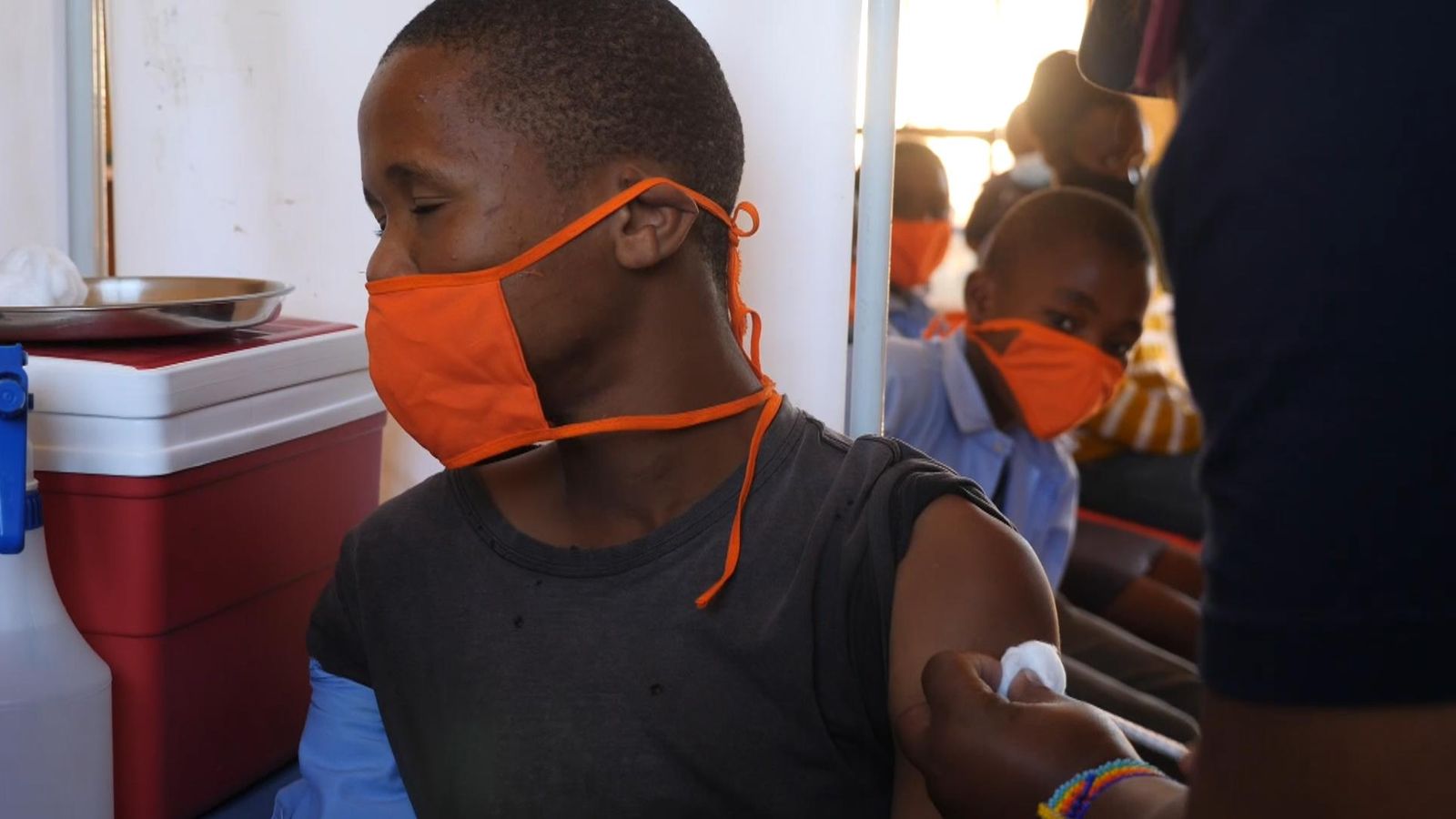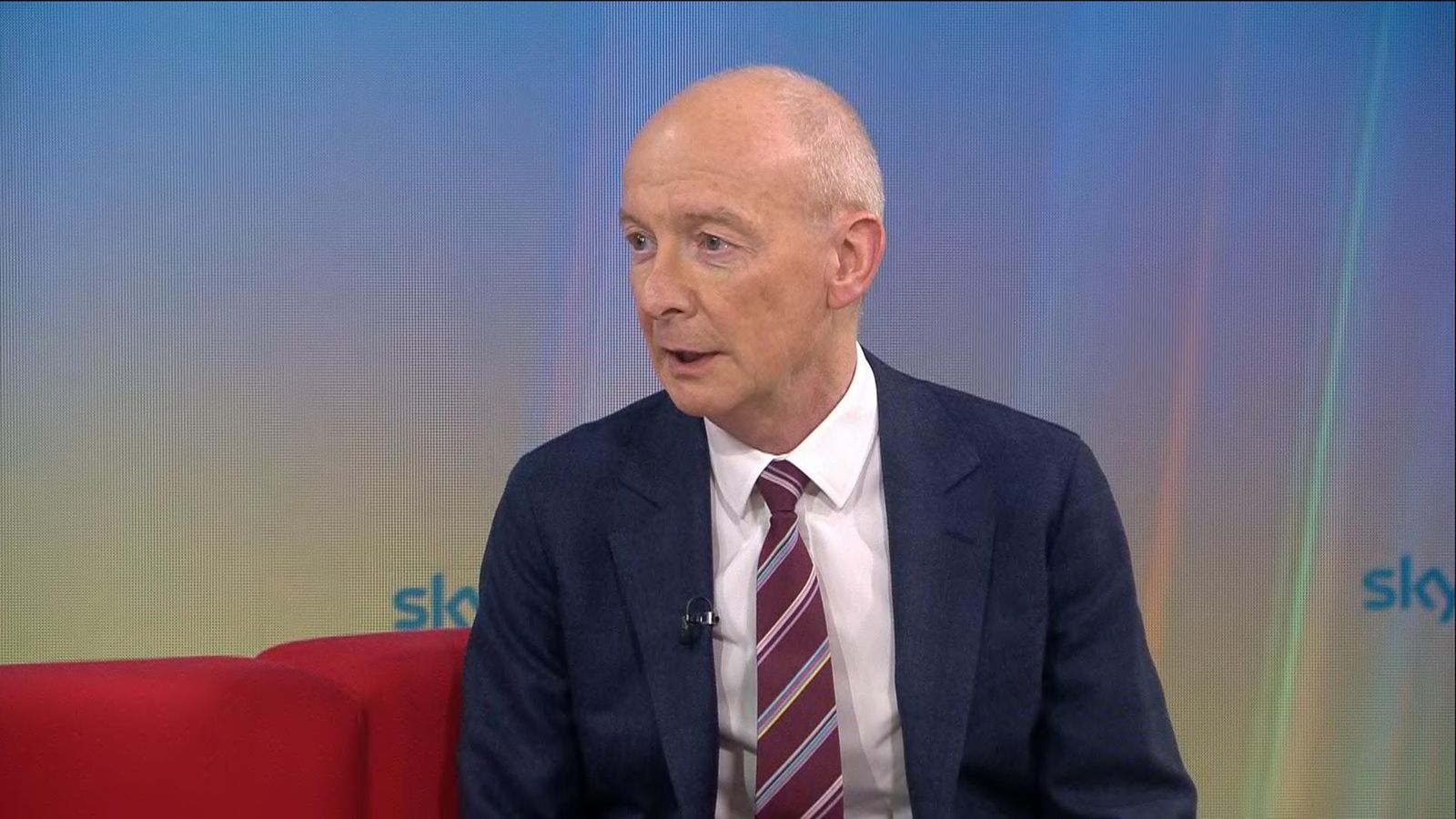It is difficult to know what COVID is doing to the people of Africa.
The World Health Organization (WHO) says the death toll has been vastly undercounted in much of the world, but poor data collection in most African countries makes it difficult to assess the true impact on the continent.
Evidence on COVID-related deaths in South Africa suggests there are serious grounds for concern. Experts at South Africa’s Medical Research Council believe hundreds of thousands of deaths have been lost in the paperwork. The real death toll is thought to be three times the official number of 101,000.
Health officials are also grappling with worryingly low rates of vaccination in many African countries. As a whole, only 17% of Africans have been fully vaccinated against COVID, a rate that lags far behind other parts of the world – like Europe (65.7%), Asia (69%), and South America (74.5%).
These dismal numbers are compounded by the fact that the drive to vaccinate the public in dozens of African nations has effectively stalled.
In fact, nearly half the vaccine doses delivered to the continent so far have gone unused.
This time last year, health officials in Africa were trying to find a way to secure supplies after wealthier nations reserved most of the stock.
Now, they need to figure out how to get them into people’s arms. It is absolutely critical that they succeed.
Are ‘vaccine convoys’ the solution?
Abandoning the global effort to reach the WHO’s 70% vaccination target may lead to the emergence of deadly new variants, thereby derailing the world’s precarious attempts to live with the virus.
But the task is immense. In South Africa, less than half the adult population is vaccinated. In the Democratic Republic of Congo, just 1.2% is fully immunised.
It has become clear to leading figures like Dr Ian Sanne, who leads the health organisation Right to Care, that governments and institutions need to rethink the way they distribute vaccines.
“At the moment, the politicians and our procurement (systems) are focused on getting vaccines into the country, but the harder part is that we have to deliver them and roll them out,” he said.
“And you’ve seen what it takes to bring these vaccines into remote areas.”
Right to Care, with funding from the US government’s development agency, USAID, has put together a number of “vaccine convoys” to venture into some of the most remote and impoverished areas of South Africa’s Eastern Cape.
We joined a convoy as it bounced its way down a series of near-impassable tracks, before reaching a village called Lundini. Its 800 or so residents have never been offered a COVID vaccine.
It was a time-consuming process, requiring planning and specialist personnel – and plenty of money. Dr Sanne says he can vaccinate someone near Johannesburg for around US $9, but it takes nearly three times that amount to administer a jab in the rural parts of the Eastern Cape.
But this may be the only way to do it.
‘We understand the mistrust – the fear’
I asked a teacher called Ethel Numbezi why she had not gone to the city of Durban, on the coast, to get a jab. She burst into laughter.
“It would be too difficult,” she said, trying to stifle her laughter, “because it’s far way away from us.”
While many of these logistical challenges can be fixed with funding, there is another problem proving much harder to solve. We noticed that Right to Care’s nurses often struggled to convince people in Lundini to have the jab. Some residents said they were scared – and just about everyone seemed a little nervous.
I asked nurse Vuyelwa Lubando to explain.
“They say sometimes the government want to eliminate, um, because of the, um…”
Nurse Lubando pointed her skin.
“You mean, black people?” I asked.
“Yes.”
“The government wants to get rid of black people?”
“So we are trying to tell them there is no such (thing).”
Myths surrounding COVID vaccine side effects have become a major headache for health officials, but Heena Brahmbhatt, a senior advisor to USAID, says the vaccine convoys are a good way to get around it.
“We all underestimated the mistrust, the level of fear, the use of social media to spread disinformation, but if you get (vaccines) to the people, they are likely to get vaccinated…. You can see people lining up (behind me). You barely get this in urban settings in South Africa any more.”
Read more: What’s the COVID situation in your local hospital?
Please use Chrome browser for a more accessible video player
Disturbing data shows scale of problem
The situation in many other African countries is worse, as so-called vaccine hesitancy combines with other factors to suppress vaccination rates.
Data from the WHO dashboard reveals that levels of so-called “vaccine absorption”, or the use of available stocks of COVID vaccines, is pitifully low in countries like Cameroon, where only 15% of its supply has been used.
In the Democratic Republic of Congo, just 8% of available vaccines have been administered while in Burundi, that number is a disturbing 2%.
If you take the average number of vaccinations administered in each country since the pandemic began and calculate how long it would take to meet the WHO’s 70% target – if that rate continued into the future – the numbers raise troubling questions.¹
Based on past performance, Cameroon would not reach the 70% target until 2036. The DRC would require an additional 41 years – or to 2070 – to satisfy the WHO target. The people of Burundi would have to wait until 2194 – at which point they would have died.
Read more: Who will get autumn COVID booster jabs?
Please use Chrome browser for a more accessible video player
This is an academic exercise, a reflection of how some countries have fared up until this point, and it shows how much more work is left to do – a point made by Liya Temeselew, policy associate at the Tony Blair Institute.
“Despite competing priorities and limited resources, governments in Africa continue to use innovative methods for vaccine campaigns,” she said.
“For example, in Ghana, vaccine campaigns include intensive social awareness campaigns to combat vaccine hesitancy and health workers going door to door to make vaccines more accessible to people.
“The international community needs to work alongside governments and invest in last mile delivery to ensure the health and economic cost of COVID-19 is minimised.”
¹ This is calculated by taking the number of people that need to be vaccinated to cover 70% of each country’s population, and dividing this number by the average number of people fully vaccinated each month thus far. This calculation assumes that there will be no significant increase or decrease in vaccine demand and supply in the future.






